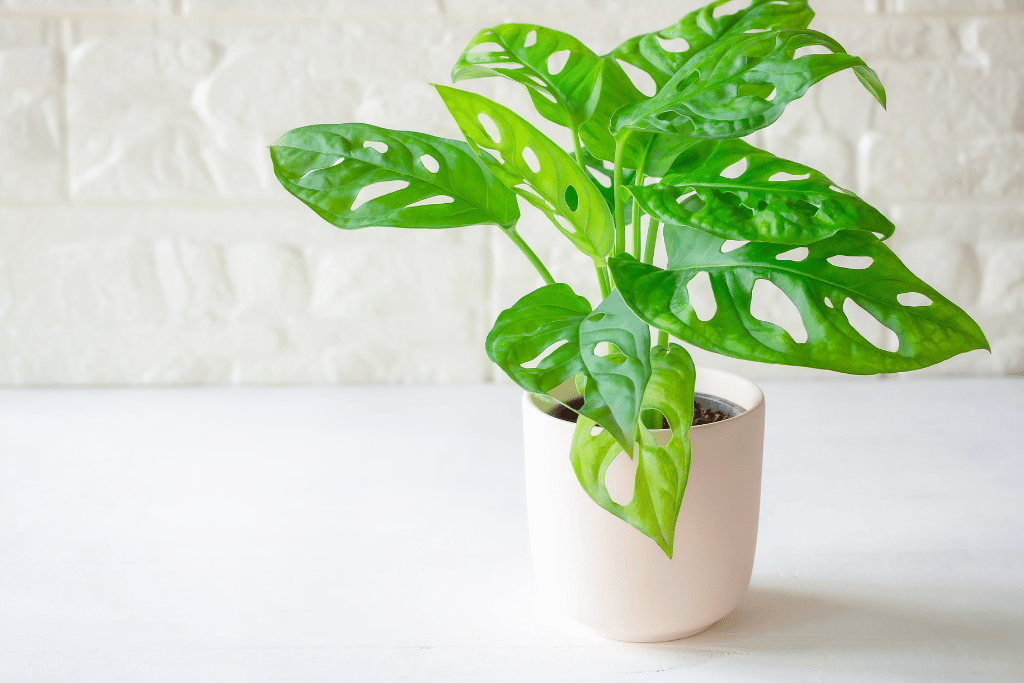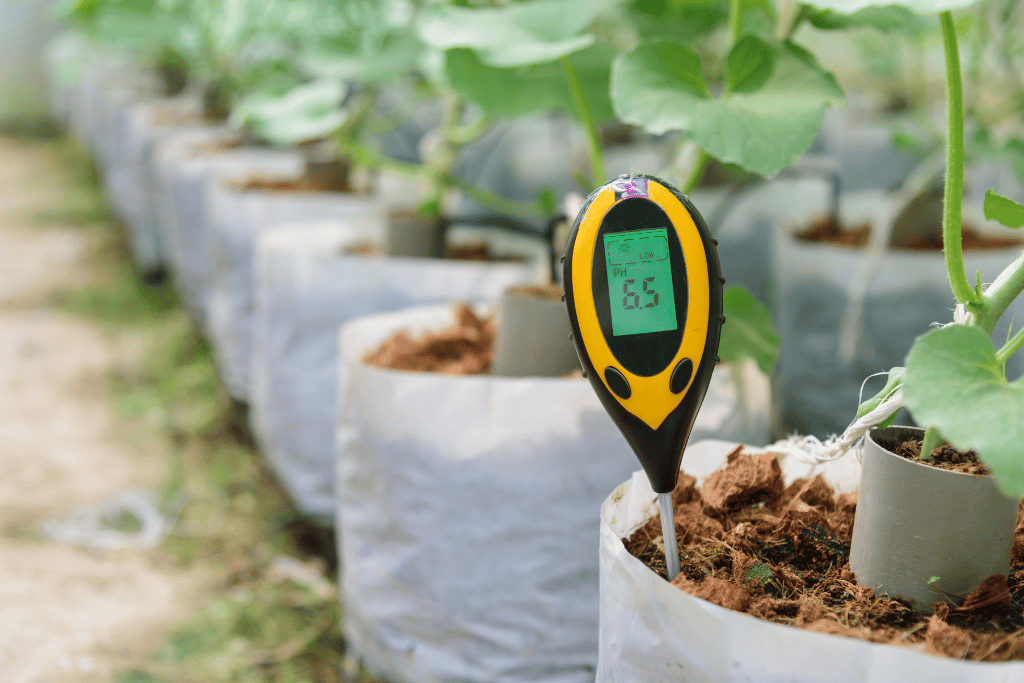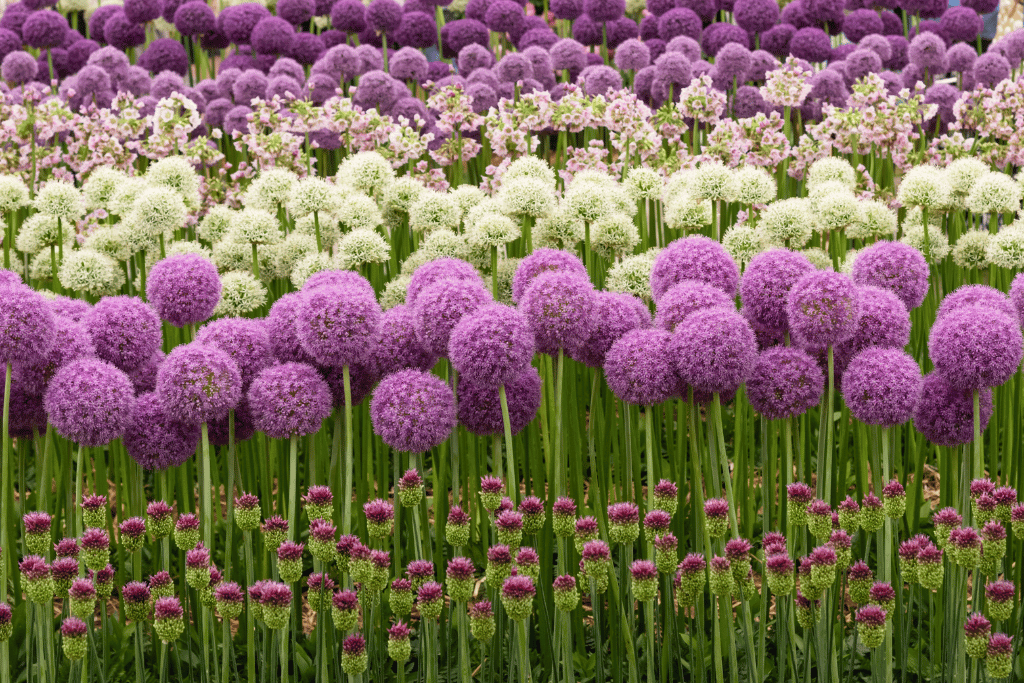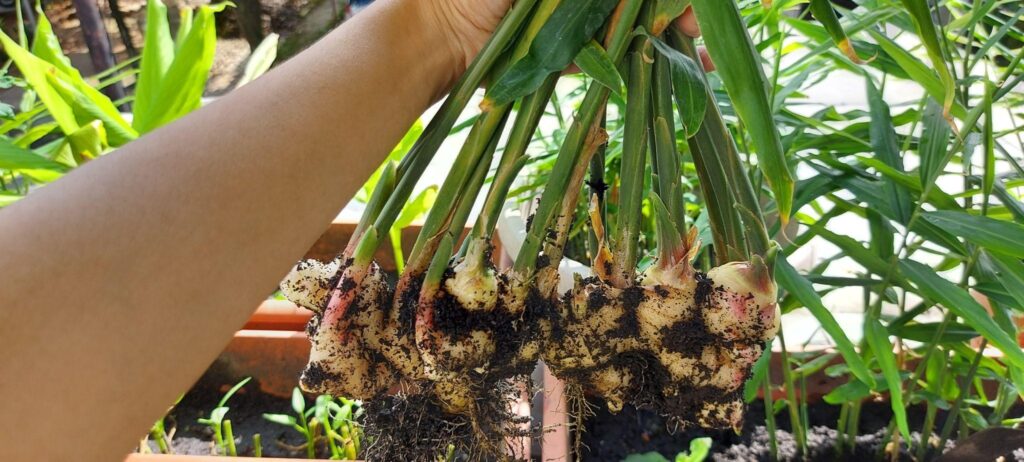
Having a Monstera obliqua is a dream of many plant collectors. Due to its rarity, it is said that if you think you have spotted the Monstera obliqua in a garden, it is highly likely that you saw a lookalike called Monstera adansonii.
But that’s not just it. This plant is as delicate as it is rare. It has highly perforated leaves with little foliage when it is mature. Even though this feature makes this plant stunningly beautiful, it also makes it care-intensive.
However, I have had the good fortune of owning and caring for this plant, and I can tell you a few things about it. Welcome to the expert guide on how to care for Monstera obliqua, should you be lucky enough to own it.
Overview of Monstera Obliqua
Monstera obliqua belongs to the genus Monstera. “Monstera” is a Latin word that means abnormal. This genus has about 48 plant species, and obliqua is one of them. It is native to Central and South America regions, making it a tropical plant. It is also a climbing plant that grows aerial roots (along soil roots) and thrives under the shade of taller trees in forests.
What’s most interesting about this particular variety is that it is quite rare. The most distinct feature of this plant is its perforated leaves, which become more extensive as the plant reaches maturity. The perforation, also known as fenestration, is so much in the mature plant that there is hardly any “leaf.”

The plant can tolerate drier soil conditions and requires indirect and bright light. The required temperature is about 70-85 F. The plant also needs ample humidity.
The plant has high demand and very little supply, making it a coveted variety for many. If you get your hands on this stunning, rare, and unique plant, follow the instructions in this article to take the best care of it and improve its quality of life!
Characteristics of Monstera Obliqua
Before moving on to caring instructions for Monstera obliqua, let me briefly discuss the characteristics of this plant. In my experience, learning as much about a plant as possible can help you care for it better, and it becomes even more critical when you’re interested in rare or sensitive species.
Plant Size
Monstera obliqua can grow anywhere between six to ten feet if cared for properly. The stems can be anywhere between 2-10 mm depending on the age of the plant. The plant also bears white berry-like fruits occasionally, which can be between 5-8 mm in size. The pot size should be at least 2 inches bigger than the plant’s roots. Repotting instructions will be discussed further in the article.
Leaves
As already discussed, leaves are the most delicate feature of Monstera obliqua. They can be anywhere between 10-25 cm depending on the age. The foliage is fragile around the perforations, especially in a mature plant. This is why obliqua needs ample humidity to protect its leaves from drying out.
Flowers
Even though this plant blooms rarely, it can happen at random times during the season. Legend has it that flowering happens 1.5 years after germination, however, based on my firsthand experience, I have not found that to be the case.
The plant may bear up to eight deep yellow spadices per cluster. Spadix is a botanical structure that contains tiny, densely packed flowers on a fleshy stem. It is also surrounded by a curved leaf-like structure called spathe.

Growth Rate
The plant is extremely slow to grow, contributing to its rarity and price. If the environment is perfect and all the best practices are followed, Monstera obliqua can grow 2-5 meters in a year. Factors like humidity, sunlight, quality soil for Monstera, location, and watering can impact this growth rate negatively or positively.
When the plant is still immature, it is often confused with another variety called Monstera Adansonii. However, the difference becomes more apparent as the plant reaches maturity and produces highly-perforated and barely-there leaves.
USDA Hardiness Zone
The ideal growing zones for Monstera obliqua are the USDA hardiness zones 9b-11. These zones experience temperate weather and rarely experience freezing temperatures, even during winters.
Monstera Obliqua Care Guide
Now the most important thing. Even though following plant care best practices is essential regardless of the plant type, it becomes even more important when dealing with a delicate plant such as Monstera obliqua. Following care guidelines are a result of personal experience, which I have learned after making a few mistakes along the way.
If you take care of this plant the way it should be taken care of, it will be THE center of attention, and a reason for pride because of how particularly demanding this plant is.
Watering
Let’s begin with the most important thing first. Monstera obliqua is tropical, which means that it doesn’t require a lot of water. Water once or twice weekly (in summer) if the plant is in the hardiness zones mentioned above. However, you shouldn’t solely rely on the schedule.
Stay in touch with the soil and keep checking it. If the soil feels completely dry, water the plant even if it is before the schedule. Similarly, don’t water Monstera obliqua if the soil feels moist, even if it is time to water. The watering frequency reduces further to once every fortnight in cooler months. Never use cold water for watering Monstera obliqua. Room temperature or slightly tepid water is best.
Signs of overwatering are weak stems and yellow leaves. Overwatering can also lead to root rot. Reviving a Monstera obliqua can be quite difficult due to its delicate nature.
On the other hand, signs of underwatering are dry leaves that turn a brownish-yellow hue.
Temperature and Humidity
Maintaining proper humidity is essential to creating a natural environment for Monstera obliqua. You can do that by misting the plant 3-4 times a week and making sure that the place you choose for your plant has at least 85% humidity. This can be difficult to replicate, so you might need to invest in a humidifier.

Air conditioners, centralized heating, or air drafts can further decrease the humidity. You must take time to study the environment and location you choose for your plant; and then customize that place for the plant’s needs accordingly.
The plant needs to be in an environment that is at 70-85 F. People living in warmer regions can also place their plant outdoors during summer. However, care must be taken to protect it from direct sunlight exposure.
Lighting
Monstera obliqua requires bright but indirect light. It is the closest to its natural habitat, where it grows underneath the canopy of taller trees. This plant can not tolerate direct sunlight, so the best places are the ones that are covered.
Some places that I would recommend are a room with large windows or a covered patio. You will also need to change places as the sunlight pattern changes throughout the year.
Potting Mix
Monstera obliqua needs well-draining, loamy soil with a good percentage of coconut coir or peat. Peat and coco coir allow for proper water absorption, while the loam gives space for root growth and drainage.

Soil pH
Soil pH can directly affect your plant’s ability to absorb nutrients. This is why investing in a soil-testing kit for this delicate plant is essential. Monstera obliqua needs slightly acidic soil with a pH between 5-7.5. Even though most potting mixes have a relatively basic pH, it can change over time due to watering and fertilizing.

You can increase the soil pH by adding a small amount of horticultural lime. On the other hand, use a little bit of soil sulfur to decrease the soil pH. The key is to keep checking the soil pH periodically and adjusting it accordingly.
Fertilizing
Don’t let the slow growth rate of Monstera obliqua fool you into giving it more fertilizer than it needs. It naturally grows at this rate and requires patience from you. Ideally, you should fertilize it with a liquid houseplant fertilizer once a month during the growth period (between summer and spring).

Moreover, unlike other houseplants, Monstera obliqua doesn’t require as much fertilizer. Overfertilizing your plant can lead to nutrient burn and affect its overall health negatively.
Compost
Organic compost is a safe way of providing your Monstera obliqua plant essential nutrients without overfertilizing it. Compost will also increase the loamy quality of soil to prompt better root growth and drainage. Mix the compost with the soil well and use it as your potting mix.
Repotting
Since Monstera obliqua has a slow growth rate, you don’t need to repot it often. The ideal time is to repot it once every 2-3 years if it is growing at an adequate rate. Your new pot should be at least two inches wider than the previous pot, with at least one drainage hole. Do not use the old potting mix, and create a new one by mixing loam and coco coir/peat moss.
Propagation
If you get your hands on this plant, you can get more of this rare species with propagation. This neat hack allows you to multiply and gift (or sell) it to others. There are two ways you can carry out Monstera obliqua propagation.
Stem Cuttings
Monstera obliqua stems can be used for its propagation, much like other plants from the Monstera genus. Take a cutting with a leaf and a node during the growing season (between spring and summer). Plant the cutting in the loam and peat potting mix and water it thoroughly. The cutting will take root in a few weeks and eventually grow into another healthy obliqua plant!

Stolon Propagation
Another way to propagate Monstera obliqua is through a stolon. They are like stems that grow above the soil surface or a few centimeters underground. Stolons can also take root when used for propagation.

Simply cut off a stolon and lay it on damp sphagnum moss. You can also use U-staples and attach it to the moss for more stability. The runner will take root in about a month. Once roots appear, you can cut off the mother stolon and transfer the plant to the loam and peat potting mix.
Pests and Diseases
Some of the most common pests that can harm your Monstera obliqua are aphids, whiteflies, and spider mites. Since this is an expensive and delicate plant, you must check for any signs of pests and diseases before purchasing it. Pest activity can present itself as small holes in leafy parts, webbing, or sticky liquid (sap) along the stem or leaf veins. Periodic inspection of leaves is also essential to keep pests and diseases away. Make sure to look closely above and under the leaves.
As for removal, you can simply pick off insect pests with the help of a cotton swab or a damp cloth. You can also use a mild insecticidal soap if there is a more serious infestation.

Some diseases to look out for include root rot, mold, and certain viruses. These diseases are also transferrable. If your obliqua plant is in close range to other plants, it may get diseases from them or transfer them too. The key is to check all the houseplants thoroughly when one gets sick. To control the spread of the disease, you can cut off the affected part.
Final Words
Learning the care instructions and applying them is one thing. What’s more important is having patience and not feeling overwhelmed because it is a “rare” plant. Just let things happen naturally, do your best, and treat your plant with the love and attention it deserves.
Ultimately, this plant will reward you with its breathtaking perforated leaves and the sense of pleasure that comes with growing such a sensitive plant successfully!



